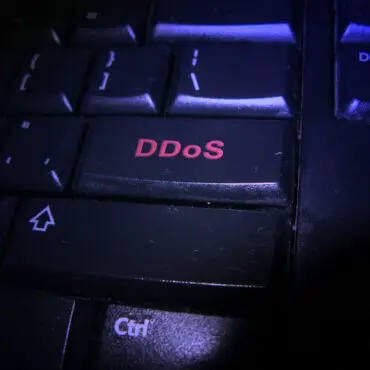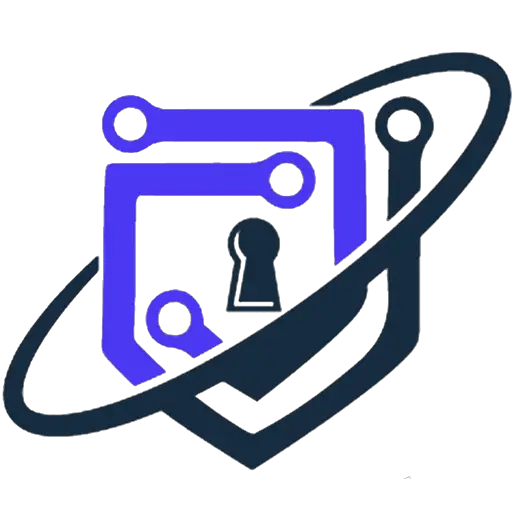Blockchain is one of the greatests technologies built during the 2000s. Its decentralized architecture eliminates intermediaries, fostering trust and efficiency. In addition, its distributed ledgers was able to redefine collaboration in a transparent, secure and autonomous future. However, with all these awesome features, can Blockchain be shut down ?
In theory, the shutdown of a blockchain is possible if all its nodes cease operation. However, in practice, accomplishing this proves exceedingly challenging due to numerous technical and financial hurdles. Notably, the substantial investment in the blockchain amplifies the complexity of such an endeavor.
This blog post breaks down why shutting down a blockchain isn’t easy, detailing the challenges involved. We’ll explore real-life examples of similar technologies that people tried to shut down unsuccessfully. Keep reading for a straightforward look at these complexities.
Theoretical Vulnerabilities: Unraveling the Possibility
Diving into the realm of theoretical vulnerabilities sheds light on the complex challenge of shutting down a blockchain. Theoretically, one might envision halting all nodes in the blockchain as a potential avenue, but the distributed nature of these nodes acts as a robust safeguard. Each node, akin to a computer in a vast network, operates independently. While the notion of simply cutting off internet access to these nodes might seem plausible, the intricate consensus algorithms and cryptographic protocols inherent in blockchain security make it a far-from-straightforward task.
Another theoretical vulnerability involves the mass exploitation of zero-day vulnerabilities in the software running the nodes, potentially leading to a denial-of-service (DoS) scenario. This, however, demands identifying and exploiting unknown vulnerabilities, a challenging feat.
A more futuristic scenario envisions a supercomputer surpassing the collective computational power of the entire network. This hypothetical computational powerhouse could validate empty blocks and potentially overpower the network, halting the regular nodes from carrying out their functions. While these theoretical vulnerabilities spark intriguing considerations, the intricate web of security measures woven into blockchain technology poses formidable obstacles to their practical realization. The next sections will discuss in details why these theoretical vulnerabilities cannot be performed.
Practical Roadblocks: Challenges in Blockchain Shutdown
Theoretical Shutdown of All Nodes:
The theoretical proposition of shutting down all nodes in a blockchain confronts the distributed nature of this technology. A blockchain comprises numerous nodes, each independently validating transactions. The decentralization acts as a safeguard, making it challenging to simultaneously halt all nodes. Attempting to orchestrate such a coordinated shutdown would require overcoming the autonomy of these nodes, each of which operates on its own accord.
Internet Disconnect Strategy:
The idea of simply cutting off internet access to blockchain nodes faces intricate challenges. Blockchain relies on a peer-to-peer network, and nodes communicate to reach consensus. Disconnecting them from the internet disrupts this communication, but the distributed nature and redundancy mechanisms within the blockchain system make it resilient. Nodes are designed to adapt, seeking alternative routes for communication, making a complete shutdown via internet disconnection an intricate task.
Zero-Day Exploitation for Denial of Service (DoS):
Mass exploitation of zero-day vulnerabilities in node software poses significant challenges. Identifying and exploiting unknown vulnerabilities demands a high level of sophistication. Blockchain networks are typically vigilant against known vulnerabilities, making zero-day exploits rare. Moreover, the decentralized nature of nodes means that compromising one node does not necessarily disrupt the entire network, as the others continue validating transactions.
Supercomputer Overpowering Network:
The notion of a supercomputer surpassing the collective computational power of a blockchain network introduces several hurdles. First, developing a supercomputer of such magnitude is a monumental task. Additionally, validating empty blocks and overpowering the network involves not just raw computing power but also overcoming consensus mechanisms. Blockchain security is designed to resist such attacks, making it arduous for a single entity, even with a supercomputer, to dominate and halt the regular functioning of the network. The decentralized and democratic consensus protocols act as formidable barriers against any single entity overpowering the network’s computational capabilities.
Financial Implications: The Cost of Disrupting a Blockchain
The financial implications of disrupting a blockchain are multifaceted and substantial. Firstly, the sheer investment and economic value tied to blockchain technologies present a considerable barrier to any malicious attempts at disruption. Many blockchains represent ecosystems with substantial market capitalization, and their operations are critical to various industries.
Moreover, the disruption of a blockchain can have cascading effects on businesses and users relying on its functionalities. The economic fallout from such an event could result in financial losses for companies integrated into the blockchain, affecting their operations and potentially causing reputational damage.
From a broader perspective, the global interconnectedness of blockchain networks implies that their disruption could trigger widespread economic repercussions. Industries utilizing blockchain for supply chain management, finance, healthcare, and more would face disruptions, leading to financial losses at a systemic level.
Additionally, attempts to disrupt a blockchain often involve substantial financial costs for the attackers. Developing and deploying the sophisticated technology required to compromise the decentralized security measures demands considerable financial resources. This economic barrier further dissuades potential attackers.
Case Studies in Resilience: Unsuccessful Attempts to Shut Down Blockchains
In the case of Ethereum, a widely-used blockchain platform, various attempts to halt its operations have been thwarted. Despite facing incidents like network congestion and attacks, Ethereum’s decentralized nature, consensus mechanisms, and continuous improvement efforts have proven effective in maintaining operational stability.
Bitcoin, the pioneering cryptocurrency, has faced numerous challenges and adversarial attempts over the years. From distributed denial-of-service (DDoS) attacks to regulatory pressures, Bitcoin has weathered these storms, showcasing the tenacity of decentralized networks.
Another notable example is the sustained functionality of the Binance Smart Chain (BSC) despite facing attempted shutdowns and exploitation. BSC’s architecture, featuring a network of independent validators and robust security measures, has contributed to its ability to resist disruptions.
Technological Safeguards: Built-in Defenses Against Shutdown
The technological safeguards embedded within blockchain architecture serve as robust defenses against shutdown attempts. At the core of these safeguards is decentralization, where information and control are distributed across a network of nodes, eliminating a single point of failure. Consensus algorithms, such as Proof-of-Work (PoW) or Proof-of-Stake (PoS), ensure agreement among nodes, adding an additional layer of security.
Moreover, cryptographic protocols play a pivotal role in safeguarding the integrity of transactions and user identities. The use of hash functions, digital signatures, and encryption techniques fortifies data against tampering and unauthorized access. These cryptographic mechanisms create an immutable and transparent ledger, making it exceedingly challenging for malicious actors to compromise the integrity of the blockchain.
Additionally, redundancy mechanisms within blockchain systems contribute to their resilience. In the event of a node failure or disruption, other nodes can seamlessly continue validating transactions, ensuring uninterrupted operation. Smart contracts, self-executing contracts with coded terms, further enhance the system’s autonomy, executing predefined actions without the need for centralized control.
Furthermore, continuous updates and improvements, often driven by a decentralized community of developers, bolster the system’s security. The open-source nature of many blockchain projects facilitates transparency, allowing experts worldwide to scrutinize and enhance the technology collaboratively.
In essence, these technological safeguards collectively create a robust shield against shutdown attempts, fortifying the decentralized and secure nature of blockchain networks.







Post comments (0)